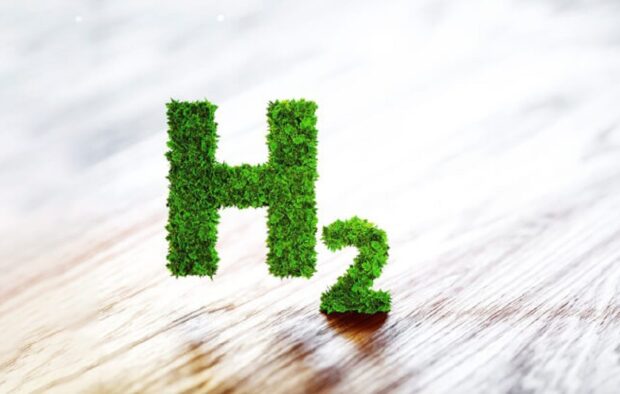

Six Mega Green Hydrogen Projects To Come Up In Australia With $2bn Funding
Industry body India Hydrogen Alliance (IH2A) has submitted a National Green Hydrogen Hub Economic Viability and Development Plan to the Government of India, with potential to create five large National Green Hydrogen Corporations collectively worth USD 5 bn by 2030, through public-private partnerships. The Plan seeks public finance support for green hydrogen production and offtake to create the necessary infrastructure in the initial 2024-2030 period, and publicly list the national hydrogen corporations created as a result to fund the next wave of investments to scale up the hydrogen economy.
The USD 5 bn National Green Hydrogen Hub Economic Viability and Development Plan was submitted by IH2A to the Prime Minister’s Office (PMO), Cabinet Secretariat and Ministry of New and Renewable Energy (MNRE) in the Government of India.
Speaking on the National Green Hydrogen Hub Economic Viability and Development Plan, Jill Evanko, Chief Executive and President, Chart Industries (NYSE: GTLS), and founding member, IH2A, said, “This is a pathway for India to accelerate Green Hydrogen Hub development and create national infrastructure assets in a financially viable manner. India can leapfrog other economies on green hydrogen development, by sharing the risks and rewards of green hydrogen project development between public and private sectors. Sustained public finance support for national hubs is crucial for financial viability. India should announce at least one of these large-scale green hydrogen hubs during the G20 Summit this year. The Indian government stands to gain significantly from this approach, which demonstrates how India can create a National Green Hydrogen Unicorn within next seven years.”
The National Green Hydrogen Hub Economic Viability and Development Plan was prepared by starting with a reference economic model of the Green Kochi Hydrogen Hub (GKH2), as a 50:50 public-private Special Purpose Vehicle (SPV) with a 150 MW Electrolyser Capacity, Storage and Evacuation Infrastructure, Renewable Energy inputs, Green Ammonia production plants, and offtake by industrial and mobility users, with a USD 468 mn CAPEX outlay over a 20-year project period. The Plan recommends similar large-scale Green Hydrogen Hubs to be developed in Gujarat, Maharashtra, Karnataka, Tamil Nadu and Andhra Pradesh.
Speaking on preparation of the National Green Hydrogen Hub Economic Viability and Development Plan, Amrit Singh Deo, Senior Managing Director, FTI Consulting, and IH2A Secretariat lead, said, “The economic modelling is based on few assumptions regarding public finance incentives, renewable energy costs, end-use offtake and project structuring on a public-private partnership format. The model is replicable and demonstrates that a financially viable green hydrogen can be designed and built. The model can be supported with techno-commercial studies, and should accelerate project development.”
In a significant move toward advancing green energy and industrial growth in the state, Himachal…
Golabl chemical conglomerate BASF has announced that its now offering the world’s first biomass-balanced polyethersulfone…
In a crucial stint to bolster the biogas sector and sustainable dairying in the country,…
TotalEnergies SE has received approval to proceed with its Middlebrook solar and battery project in…
Andhra Pradesh Chief Minister Chandrababu Naidu has inaugurated the Rs 1,000-crore green hydrogen plant of…
The BITS Pilani has developed an innovative solution for managing landfill leachate, domestic septage, and…